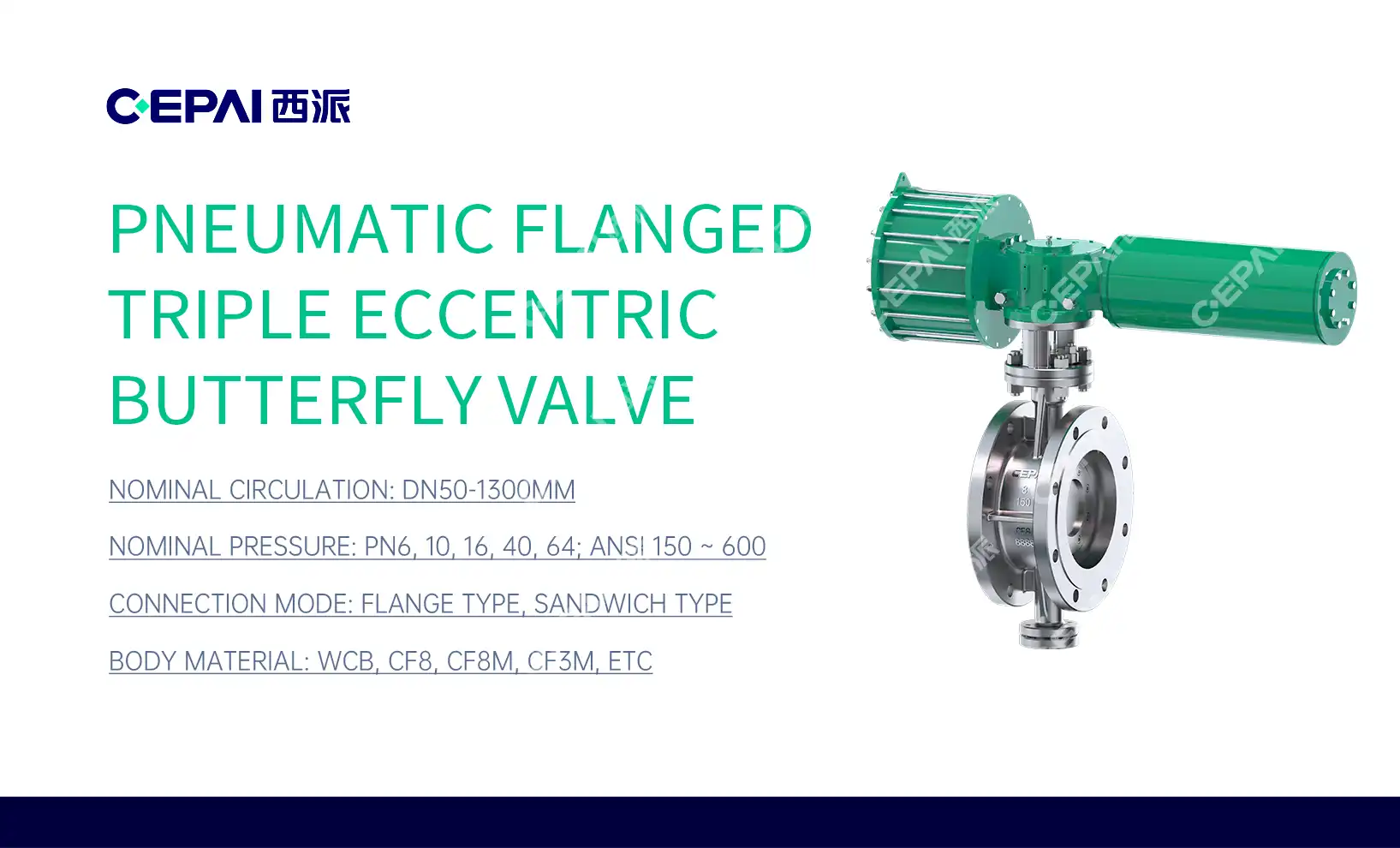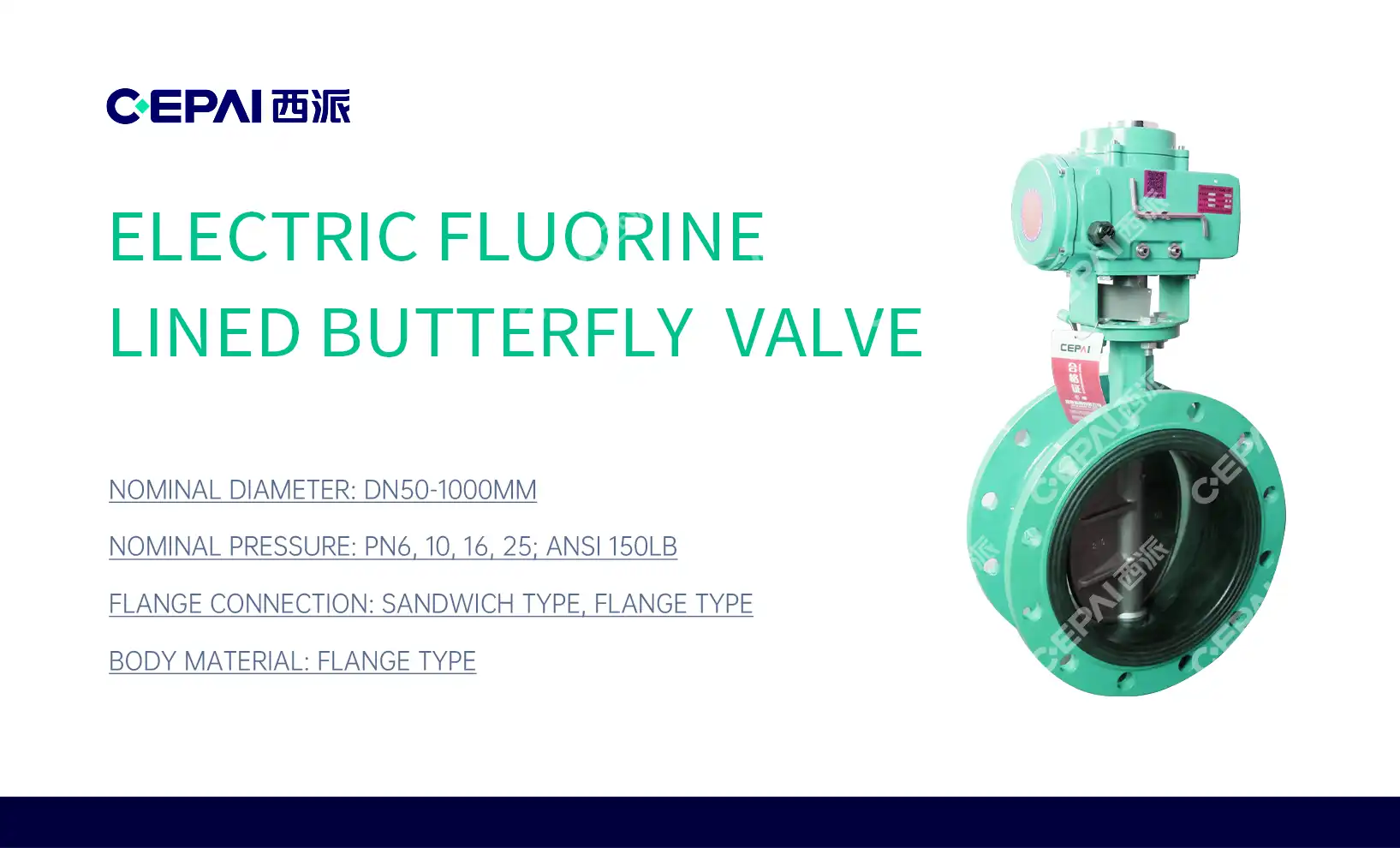Understanding Butterfly Valves: Design, Operation, and Applications
Butterfly Valve Design and Components
Butterfly valves feature a relatively simple yet effective design. At their core, these valves consist of a circular disc mounted on a rotating shaft. This disc acts as the flow control mechanism, pivoting within the valve body to regulate fluid passage. The valve body, typically made of durable materials like stainless steel or cast iron, houses the disc and provides the connection to the piping system.
Key components of a butterfly valve include the disc, seat, stem, and actuator. The disc, often constructed from materials such as stainless steel or aluminum bronze, is the primary element responsible for controlling flow. The seat, usually made of resilient materials like PTFE or EPDM, ensures a tight seal when the valve is closed. The stem connects the disc to the actuator, which can be manual (e.g., handwheel or lever) or automated (e.g., pneumatic or electric).
Operating Principle of Butterfly Valves
Butterfly valves operate on a straightforward principle. When the valve is fully open, the disc is positioned parallel to the flow, allowing maximum fluid passage. As the disc rotates 90 degrees, it gradually restricts the flow until it reaches the fully closed position, where it sits perpendicular to the flow path, effectively shutting off the fluid.
This quarter-turn operation makes butterfly valves quick and easy to operate, requiring minimal torque. The disc's streamlined profile also contributes to reduced pressure drop across the valve when fully open, enhancing overall system efficiency.

Applications and Advantages of Butterfly Valves
Butterfly valves find widespread use across various industries due to their versatility and numerous advantages. They are particularly well-suited for applications involving large pipe diameters, where space and weight constraints are critical factors. Some common applications include:
- Water treatment and distribution systems
- HVAC systems for flow control in large buildings
- Oil and gas pipelines for quick shut-off
- Chemical processing plants for corrosive fluid handling
- Power generation facilities for cooling water systems
The advantages of butterfly valves include their compact design, lightweight construction, and cost-effectiveness compared to other valve types. They offer quick operation, making them ideal for applications requiring frequent cycling. Additionally, their simple design translates to easier maintenance and longer service life.
Gate Valves: Structure, Functionality, and Use Cases
Gate Valve Structure and Components
Gate valves are characterized by their linear-motion closure mechanism. The main components of a gate valve include the body, bonnet, gate (or wedge), stem, and actuator. The valve body, typically made of robust materials like cast steel or bronze, houses the internal components and connects to the piping system.
The gate, which can be either a solid wedge or a flexible wedge design, is the primary flow control element. It moves perpendicular to the flow path, guided by the body's internal channels. The stem, connected to the gate, transfers the actuator's motion to raise or lower the gate. The bonnet provides a pressure-tight enclosure for the stem and serves as a connection point for the actuator.
Operational Mechanics of Gate Valves
Gate valves operate on a simple principle of raising or lowering a gate to control flow. When the valve is fully open, the gate is completely retracted from the flow path, allowing unobstructed fluid passage. As the gate is lowered, it gradually blocks the flow until it completely seals against the valve seats in the closed position.
This linear motion results in minimal flow resistance when the valve is fully open, making gate valves ideal for applications where a straight-through flow path is desirable. The full-bore design also allows for the passage of pipeline pigs in certain applications, a feature not typically available with butterfly valves.
Typical Applications and Benefits of Gate Valves
Gate valves are widely used in various industries, particularly in applications requiring tight shut-off and minimal pressure drop. Some common applications include:
- Oil and gas transmission pipelines
- Water distribution networks
- Power generation plants for steam systems
- Refinery processes for high-temperature fluids
- Mining operations for slurry handling
The benefits of gate valves include their excellent sealing capabilities, especially in high-pressure systems. They offer minimal pressure drop when fully open due to their straight-through flow path. Gate valves are also well-suited for infrequent operation and can handle a wide range of temperatures and pressures. Their robust construction makes them durable and reliable in demanding industrial environments.
Comparative Analysis: Butterfly Valves vs Gate Valves
Performance Comparison in Various Operating Conditions
When comparing butterfly valves and gate valves, performance under different operating conditions is a crucial factor. Butterfly valves generally excel in applications requiring frequent operation due to their quick quarter-turn functionality. They perform well in low to medium-pressure systems and are particularly effective in large-diameter pipelines where space is limited.
Gate valves, conversely, shine in high-pressure and high-temperature applications. Their robust sealing mechanism makes them ideal for systems where tight shut-off is critical. In terms of flow characteristics, gate valves offer lower pressure drop when fully open, which can be advantageous in systems where maintaining line pressure is crucial.
For throttling applications, butterfly valves generally offer better control due to their disc design, which allows for more precise flow regulation. Gate valves, while capable of throttling, are not typically recommended for this purpose as it can lead to accelerated wear of the gate and seats.
Cost-Benefit Analysis: Initial Investment vs Long-Term Value
The cost considerations between butterfly valves and gate valves extend beyond the initial purchase price. Butterfly valves typically have a lower upfront cost, especially in larger sizes, due to their simpler design and fewer components. They also generally require less material, resulting in lower manufacturing costs.
Gate valves, while often more expensive initially, can offer long-term value in certain applications. Their durability and ability to provide tight shut-off in high-pressure systems can translate to lower maintenance costs and longer service life in demanding environments.
Installation costs should also be considered. Butterfly valves, being more compact and lightweight, often require less supporting infrastructure and are easier to install, potentially reducing overall project costs. Gate valves, particularly in larger sizes, may require more substantial support structures and more complex installation procedures.
Operational costs can vary as well. The quick operation of butterfly valves can lead to energy savings in systems requiring frequent cycling. Gate valves, with their lower pressure drop when fully open, can contribute to reduced pumping costs in certain applications.
Maintenance Requirements and Lifecycle Considerations
Maintenance needs and lifecycle considerations play a significant role in the overall value proposition of each valve type. Butterfly valves, with their simpler design and fewer moving parts, generally require less maintenance. The primary wear components are typically the seat and disc edge, which can be replaced relatively easily in many designs.
Gate valves, while robust, can require more frequent maintenance, particularly in applications involving particulate-laden fluids. The sliding action of the gate can lead to wear on the seats and gate faces over time. However, many gate valve designs allow for in-line repairs, which can be advantageous in certain installations.
Lifecycle considerations also include the valve's ability to handle process changes. Butterfly valves offer greater flexibility in this regard, as they can often accommodate a wider range of flow rates within a single valve size. Gate valves, while less flexible in terms of flow range, often have a longer overall service life in steady-state, high-pressure applications.
Environmental factors should also be considered. The compact design of butterfly valves can lead to reduced material usage and potentially lower environmental impact. Gate valves, with their robust construction, may offer advantages in terms of longevity and reduced replacement frequency in certain applications.
Conclusion
The choice between butterfly valves and gate valves ultimately depends on the specific requirements of your application. Butterfly valves offer advantages in terms of compact design, quick operation, and cost-effectiveness, making them ideal for large-diameter pipes and applications requiring frequent cycling. Gate valves excel in high-pressure systems, providing superior sealing and minimal pressure drop in fully open positions. Consider factors such as pressure, temperature, flow characteristics, and maintenance requirements when making your selection. By carefully evaluating these aspects, you can choose the valve type that best meets your operational needs and ensures optimal performance in your industrial processes.
Contact Us
At CEPAI Group, we understand the critical role that valve selection plays in your industrial operations. Our team of experts is ready to assist you in choosing the perfect valve solution for your specific needs, whether it's a high-performance butterfly valve or a robust gate valve. With our extensive range of quality products and commitment to innovation, we ensure you get the best balance of performance, reliability, and cost-effectiveness. Don't let valve selection challenges hinder your operations. Contact us today at cepai@cepai.com to discuss your valve requirements and experience the CEPAI difference in industrial flow control solutions.

_1746598525968.webp)



